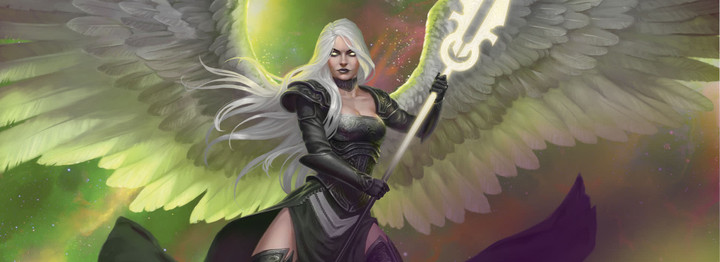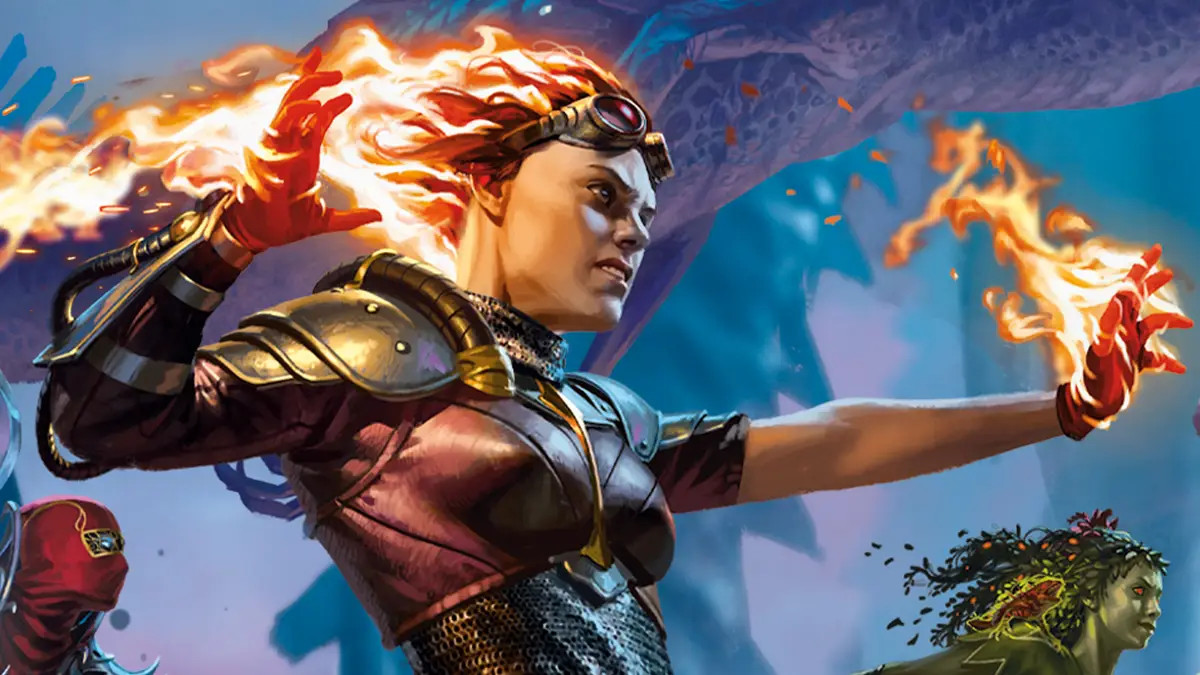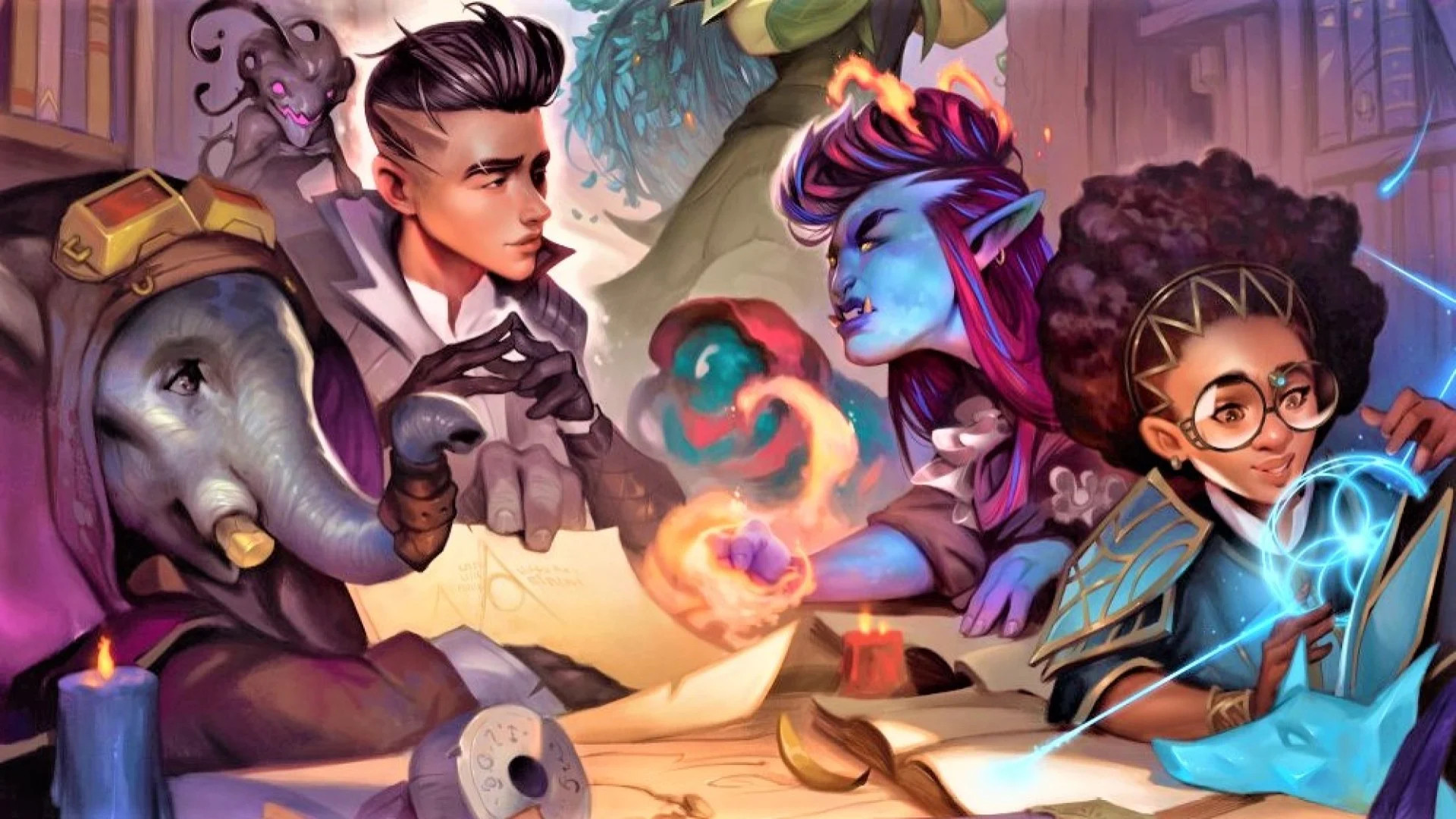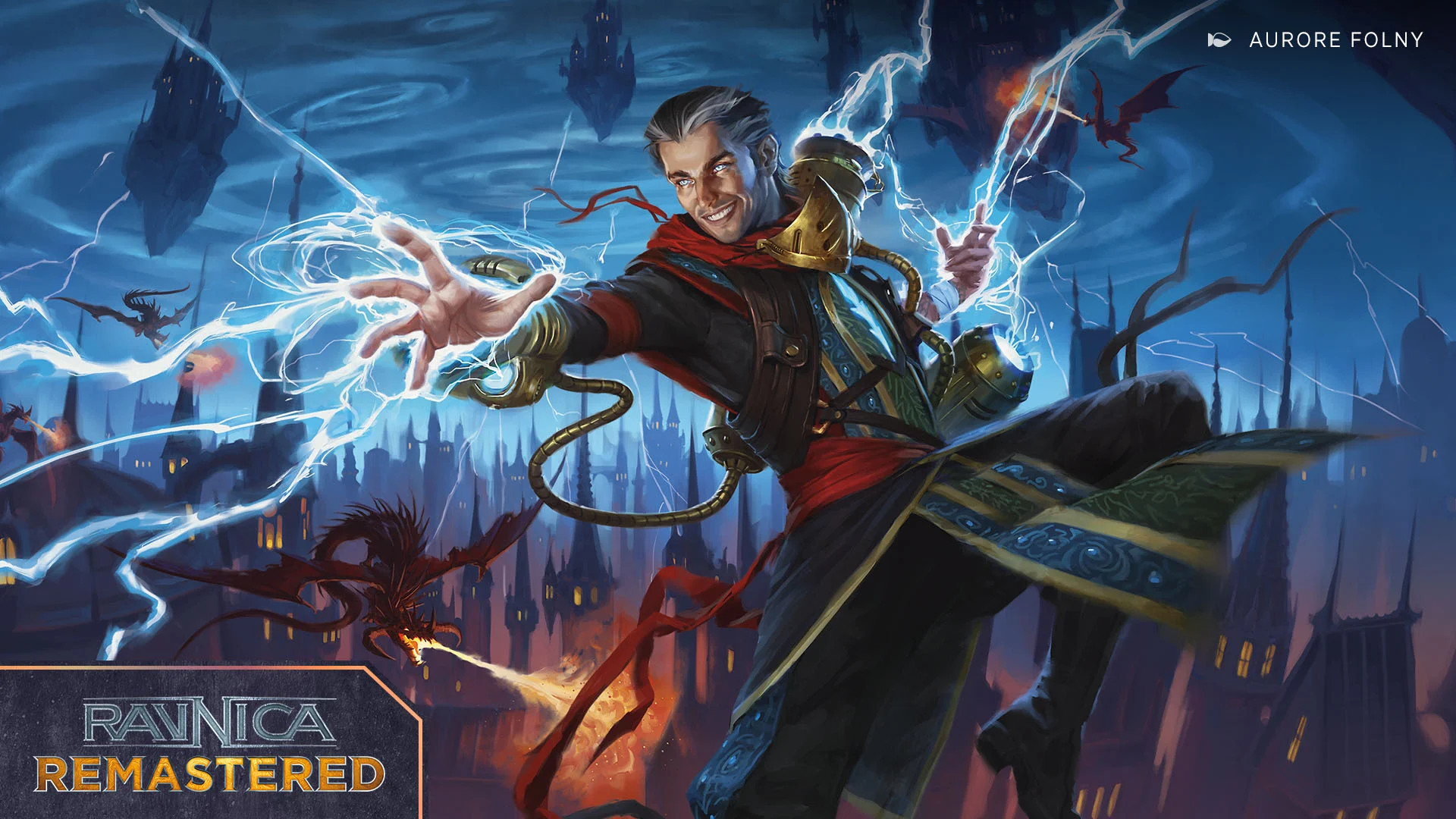Magic The Gathering has 23 separate formats. That's a lot of different ways to play the game, and as such it can be difficult trying to work out exactly what format to play. Each format is unique, with cards that are individually strong in that format and not as strong in others, so it's important you experiment and work out exactly what you want to play. That's where we come in, with a full explainer of every format in Magic The Gathering.
Table of Contents
All Formats Explained
Sealed
Sealed Format is exactly what it sounds like. You build a deck out of six pre-release packs, which is usually six packs of the latest set to release, then create a 40-card deck using any cards you get. However, you can put basic land in from anywhere, so if you don't get enough in your packs you can at the very least still balance the deck out.
You then play a standard 1v1 game against an opponent. This format is great for testing your deck-building abilities with constraints that are applied to both players and also means that every game you play is different.
Booster Draft
Booster Draft is similar to Sealed with a few key differences. What happens is you and other players individually open a booster pack, choose one card from the pack, and then pass the pack to the next player. What this means is that each player gets to choose a card to add to their deck and by the end of the draft, you've got cards made up of multiple different booster packs.
Standard
Standard Format is where most people will start playing Magic The Gathering. You build a sixty-card deck using your collection, abiding by set rotation rules, and you play a set of games against your opponent. You can have up to four copies of any card in your deck (other than Basic Lands), and you have sixty card decks. Players start with 20 life, and whoever goes first doesn't get to draw a card for turn.
Pioneer, Modern, Legacy & Vintage
These formats use the same rules as Standard Format, but modify the cards that you can play and aren't a rotating format. The card pools are as follows:
- Pioneer: Return to Ravnica onward
- Modern: Eighth Edition onward
- Legacy: All Sets with the exception of certain expansions and sets
- Vintage: Everything is legal
Pauper
Pauper is an interesting format. It has the same basic rules as Standard format but with one key difference. You can only use cards that have been printed at a common rarity. What this means is that you can't use the usually more powerful rarer cards, and are forced to use common cards in order to beat your opponents.
Commander
Commander Format is extremely different from all other formats, to the point where we've got a breakdown for you as to the key rules.
- Usually has four players
- Decks are 100 cards and are built around a legendary Commander
- Any colored card must be of one of the same colors as your Commander
- No more than one copy of any card other than basic lands
- Starting player draws for turn
- Any card is legal if it isn't on the banlist
- Players start with 40 life
Commander Format is all centralized around one specific card: your Commander. The goal of the game is to either reduce your opponent's life to zero or deal twenty-one damage to your opponent with your Commander. Your commander starts in The Command Zone instead of in your deck and can be cast whenever you have the mana to do so.
Normally you'll play with multiple people, but if you play in a 1v1 Commander format then you start with thirty life instead of forty.
Brawl
Brawl Format is basically Standard Commander. You can only use cards currently legal in Standard, you can use regular Planeswalkers as your commander, decks are sixty cards and players have thirty life instead of forty. Other than that, the rules are the same.

 No ads, our video library,
No ads, our video library,




